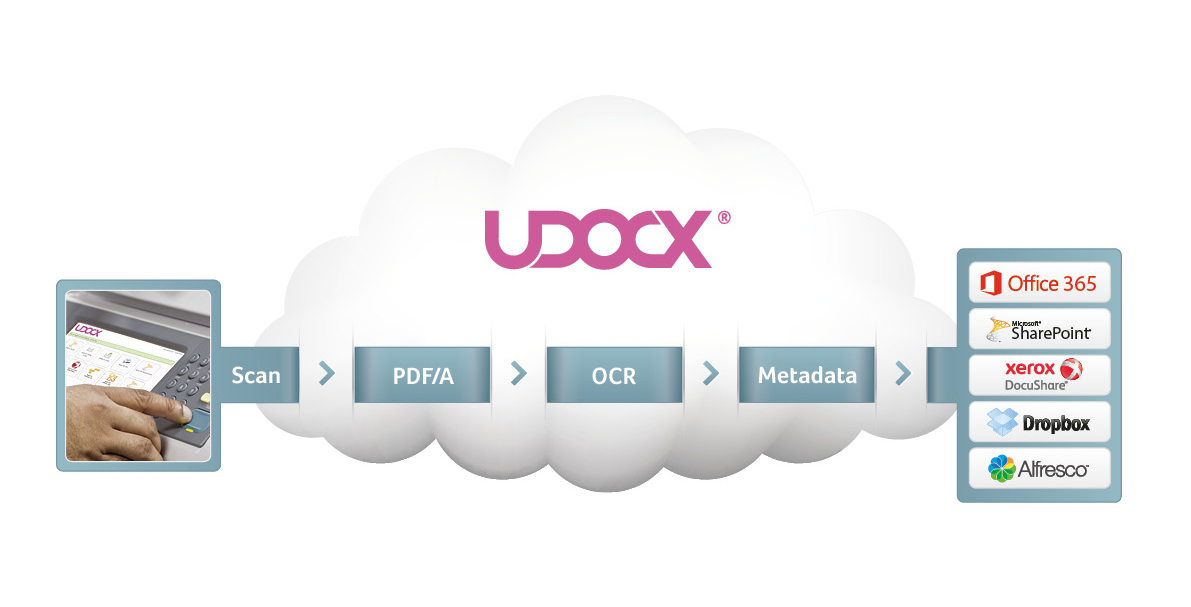Any enterprise seeking to hop onboard the cloud bandwagon faces challenges in the form of the numerous cloud offerings available in the market today. As IT managers establish just what goals need to be achieved with a cloud implementation, some factors that come into play include service level agreements, security and, if implementing a private or hybrid cloud, scalability and flexibility. “Business agility is the number one strategic reason enterprises seek to leverage the cloud,” says Eric Hui, director, cloud, IT and enterprise, Equinix Asia Pacific.
“Business leaders want the ability to move quickly to serve customers, which requires the IT infrastructure to be faster and more flexible than ever.”
Cloud computing is today transforming the way data is managed and stored in several industries, such as healthcare, where the cloud plays a critical role in areas ranging from administration to the storage of electronic medical records (better known as EMRs) and medical images. As the volume of data burgeons across the globe and organizations seek to harness the benefits of Big Data, both enterprises and cloud infrastructure service providers are faced with the challenge of how best to cope with increased capacity demands, ensure optimum storage networking performance and overall reliability and availability of the cloud.
“The key challenge for businesses today lies in managing, measuring and monetizing the flow of information in a world where the proliferation of connected devices accessing big data, coupled with the advantages of cloud computing to make it readily available, are seemingly evolving as fast as the rise in data itself,” Hui says.
Not all clouds are created equal
Deciding just which components to include in a cloud implementation plays a crucial role in determining how best the cloud will serve the organization’s needs.
Cloud solutions are tools for the creation and storage of data in public, private or hybrid clouds. These tools are used to create virtual infrastructure for organizations large and small to host applications and business functions, and can also serve as a testbed for potential applications. Cloud solutions can comprise both pay-as-you-use services and both hardware and software.
Various cloud solutions cater to different needs and IT managers have to first consider what they expect from their cloud deployment before deciding which tools to deploy. This will ensure maximum efficacy in data creation and storage.
Cloud solutions play a vital role in enabling increased productivity among employees. Examples include document sharing applications such as Google Drive and CRM applications such as Salesforce.com. They also play a crucial part in the performance levels of email, file sharing, backup and archiving applications.
The physical storage layer in any cloud environment forms its foundation and tools that make up this layer are crucial. Private and public services from SaaS to PaaS and IaaS utilize tiered storage, which is defined as a combination of two or more different types of storage, with the differentiator being price, speed, capacity or functions.
As the storage industry shifts away from tape backup toward cloud storage, a popular tiered storage choice for the cloud includes that of solid state drives (SSDs) used in conjunction with hard disk drives (HDDs). These two storage technologies, when used in tandem, help cloud providers and enterprises meet different SLO and SLA requirements.
For example, SSDs with their superior read and write speeds can be used for functions with dense I/O consolidation, such supporting database journals and indices, metadata for fast lookup and other transactional data. SSDs such as those in Seagate’s Pulsar.2 series enable transactions to be performed more quickly than their HDD counterparts and with less energy, leading to a more cost-effective footprint. SSD prices have also fallen by a fair bit in recent years, deeming the transition to SSDs more attractive from an operational point of view. Research firm iSuppli predicts 2013 will see SSDs gain traction as demand rises due to increased consumer interest and demand from hardware vendors.
A combination of ultra-fast SSDs and high-capacity HDDs provides the cloud environment with a balance of performance and capacity, which gives the cloud deployment with the right foundation to meet other service requirements.
“We are seeing more cloud storage options available in market. Technology will further evolve and it is advisable to develop a strategy that provides options and choices,” said Hui.













